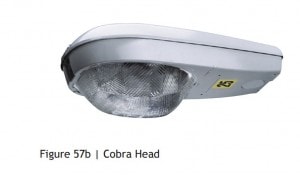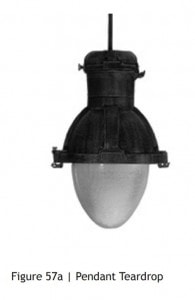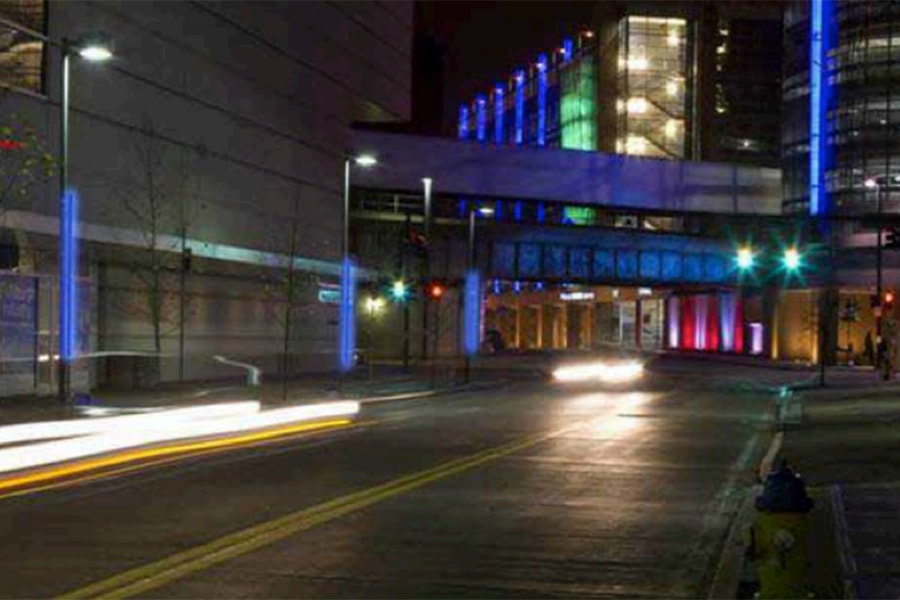LED Street Light Research Project Part II

Cities aim to save money and make their citizens happy. By converting HID (High Density Discharge) luminaries to LED (Light-Emitting Diode) luminaries cities save 40-80% in energy costs and 50-75% in maintenance costs. Steve Quick, Don Carter, Kayvon Fatahalian, Cynthia Limauro at The Remaking Cities Institute (RCI) at CMU partnered with the City of Pittsburgh and C&C Lighting to test the effects of installing LED streetlights throughout Pittsburgh. Is there more than meets the eye?
The US markets LED lighting as cost and energy saving but does not address light quality problems such as glare, which is deemed an “unnecessary” component. To determine if costs really outweigh the quality for cities, Pittsburgh installed more than 4,500 new cobra head lights and more than 100 pendant teardrop LED luminaries (see figure below) and the RCI team found the following “lessons learned” and recommendations:


Lessons learned:
- Glare is still a problem: Cobra head and decorative luminaries don’t solve the glare problem.
- The light industry is a cost-driven system: The City should try to create a balance of cost-saving and quality of light.
- Life-span of lights will increase: Adding sensors to street lights will increase the life span of lights, make them easier to replace and controlled from one place.
- Municipalities should look to the European model: In Europe, streetlights are interchangeable and interopenable for a long-term choice and healthier marketplace.
- Streetlights will be smart: Control nodes and/or luminaries will soon have data processing capabilities including WiFi and telecommunication but will be limited by data transmission and data streaming.
Smart City Recommendations:
- Allow for different vendors: Luminaries should be independent of lighting control node to allow for separate vendors.
- Develop a long term plan: When designing new streetlights, create them with the capability for intelligent options such as adding sensors, audio/visual, and WiFi.
- Use citizen engagement: In LA, the City posted signs on the light poles to obtain feedback and in Pittsburgh, Deliberative Democracies were held to discuss LED lighting. Continue implementing these practices.
- Use other city knowledge: Develop and discuss with other cities such as Glasgow who have developed a future city plan specifically for intelligent street lighting. Check out Glasgow’s plan here.
- Use different temperature lights in different areas of the city: Use higher Kelvin level lighting for commercial areas than in residential areas.
One additional feature discovered in the study was way finding. Way finding uses Red/Green/Blue (RGB) technology to create unique lighting for certain situations. It can be used to light a path for emergency situations, create event lighting and guide pedestrians to certain locations such as a gallery crawl (see Pittsburgh example below).

In short, streetlights provide the opportunity for cities to be smart: "The cooperative use of existing broadband infrastructure, advances in communicating data, and rethinking the common LED streetlight as core elements of an electronic network can provide cities with a low-cost and effective smart infrastructure and platform for the intelligent city."
